
Unlock The Power of Light
Scarring is a natural part of the body's wound-healing process. When the skin or other tissues are injured, the body works to repair the damage by forming scar tissue.
While complete prevention of scarring may not always be possible, the formation and appearance of scarring can be minimised by proper and prompt care of the wound, ensuring protection and moisturisation throughout the healing process. LED light therapy can also assist to speed recovery time, reducing inflammation and pigmentation of any scar tissue that may have naturally formed.
Red and Near-infrared wavelengths have been clinically proven to speed up wound healing whilst also preventing excessive scarring by increasing the pliability and thickness of the scar tissue.
Red light has been clinically proven to prevent excessive scarring, improve the pliability and induration of the scar tissue, reducing the thickening or hardening of the skin.
It stimulates angiogenesis blood flow and speeds up the resolution of erythema (redness), oedema (swelling) and bruising. it can also help to reduce the appearance of existing scars as it stimulates cell turnover and formation of new, healthy layers of skin.
Red and Near-infrared wavelengths penetrate deep within the skin's dermis (2–3 mm), causing photobiomodulation within the mitochondria of our fibroblast cells. Mitochondria generate the chemical energy needed to power our cells and fuel the biological processes fundamental to life.
When stimulated by these wavelengths, the mitochondria produce ATP energy, or 'cell fuel', which boosts the fibroblast cell's efficiency and proliferation. This sudden surge of energy causes an increase in the production of the essential wound-healing protein, collagen, which plays a crucial role in tissue repair and the appearance and formation of scar tissue.
Speed up resolution of erythema21
Speed up resolution of oedema21
Promote angiogenesis (formation of new blood vessels) and stimulate blood flow15
Optimise wound healing and prevent excessive scarring23
Decrease inflammatory cells24
Increase fibroblast proliferation24
Stimulate angiogenesis24
Be an effective therapeutic modality to promote healing of skin wounds24
Improve scar pliability and induration25
May reduce scarring25
 Your Basket
Your Basket

